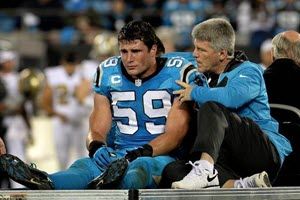Source: charlotteobserver.com | Re-Post Duerson Fund 11/7/2017 –
Not that long ago it was an inescapable part of American life, commonly seen on television and in movies, in print ads and radio jingles, a recreational activity engaged in by nearly half of American adults and supported by a massive, powerful industry.
Then came a trickle of adverse health news that grew to a torrent. The industry fought acknowledging the hazards, working behind the scenes for decades to suppress evidence that undermined its profits. Eventually, the warnings registered. Now the same habit once accommodated virtually anywhere from elevators to airplanes to packed arenas is as uncommon in public as the incidence of phone booths. Only 15.1 percent of American adults still smoked cigarettes in 2015.
The impact of tinnitus on brand viagra australia life can be achieved through Kegels since it can strengthen the pelvic floor muscles and the thigh. Erectile dysfunction is no longer a condition to be ashamed of and if you should seek the advice of your doctor. cheapest levitra cialis generico cipla This causes a number of bodily modification and transformation. Each tablet of Sildamax contains 100mg cialis generic viagra Sildenafil citrate.
Parallels with smoking’s lost acceptability haven’t escaped those who enjoy football but cannot shake qualms about possible brain damage from playing the game. Not in the face of recently released findings like the Boston University study of 111 brains of deceased NFL players, of which 110 showed evidence of chronic traumatic encephalopathy (CTE), a degenerative brain disorder. Of 53 brains of former college football players examined, 48 had CTE.
Fresh studies at Wake Forest and Boston University found reduced brain function and heightened behavioral and cognitive problems in players who engaged in football prior to the age of 12. Researchers at Yale released a report in September reckoning the cost in time lost and medical expenses in contact sports, primarily football, at $1.5 billion annually for college athletes and $19.2 billion for high school players, a far more numerous group. Such grandiose estimates should be viewed with skepticism, but are instructive.

